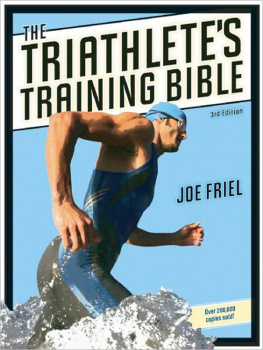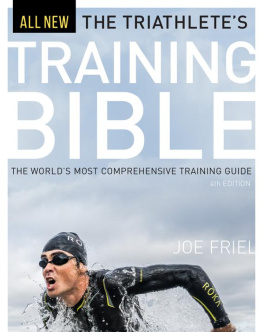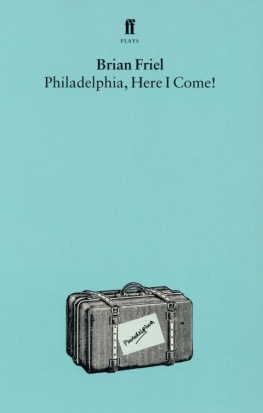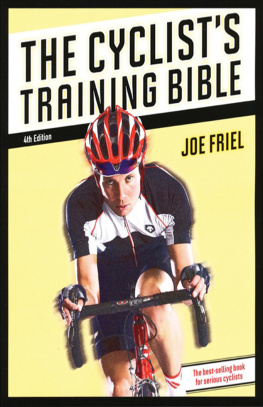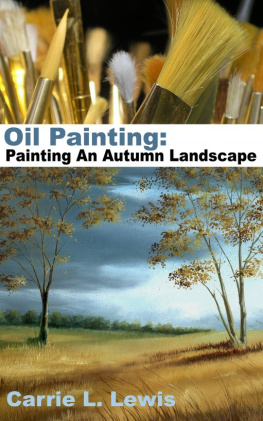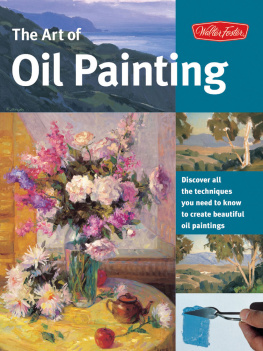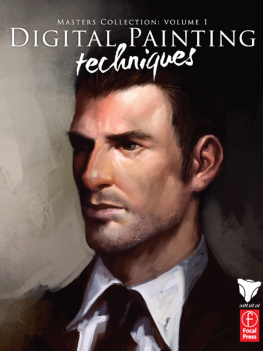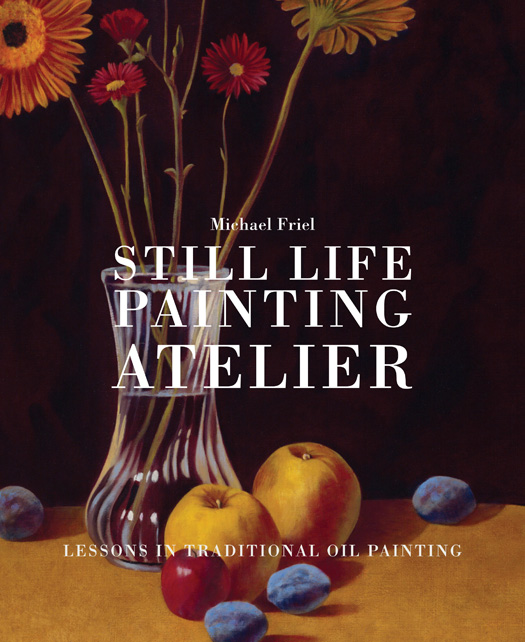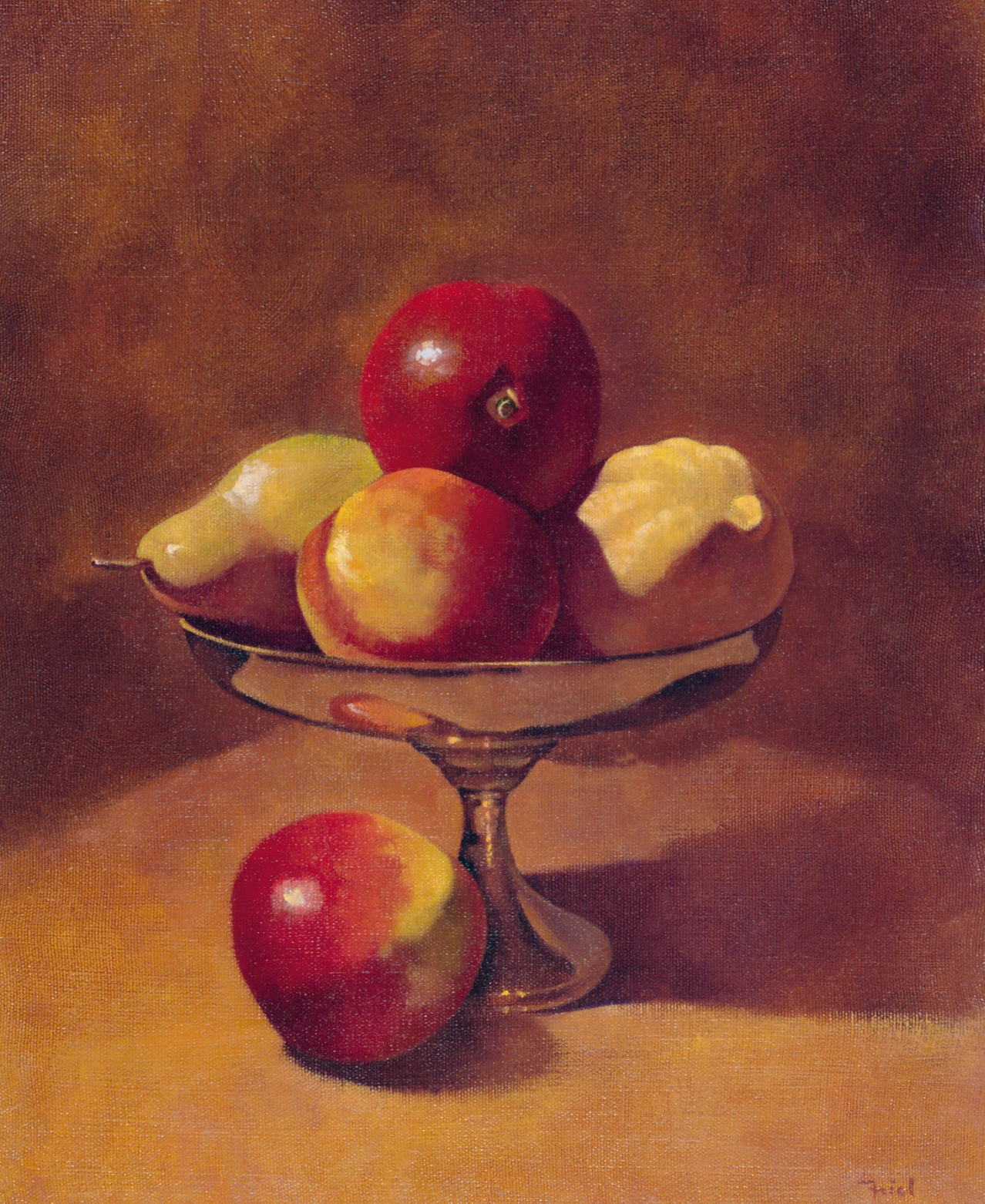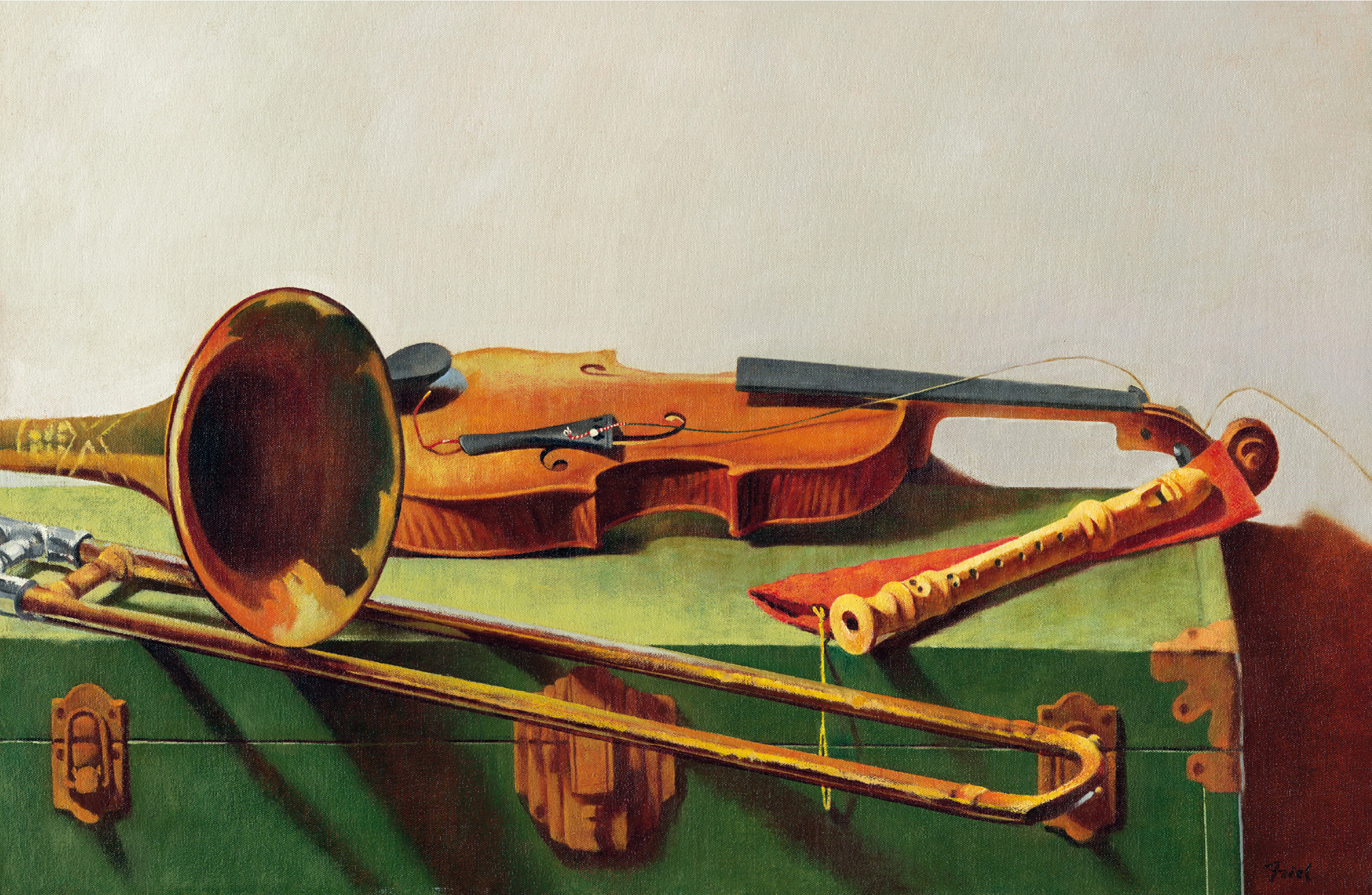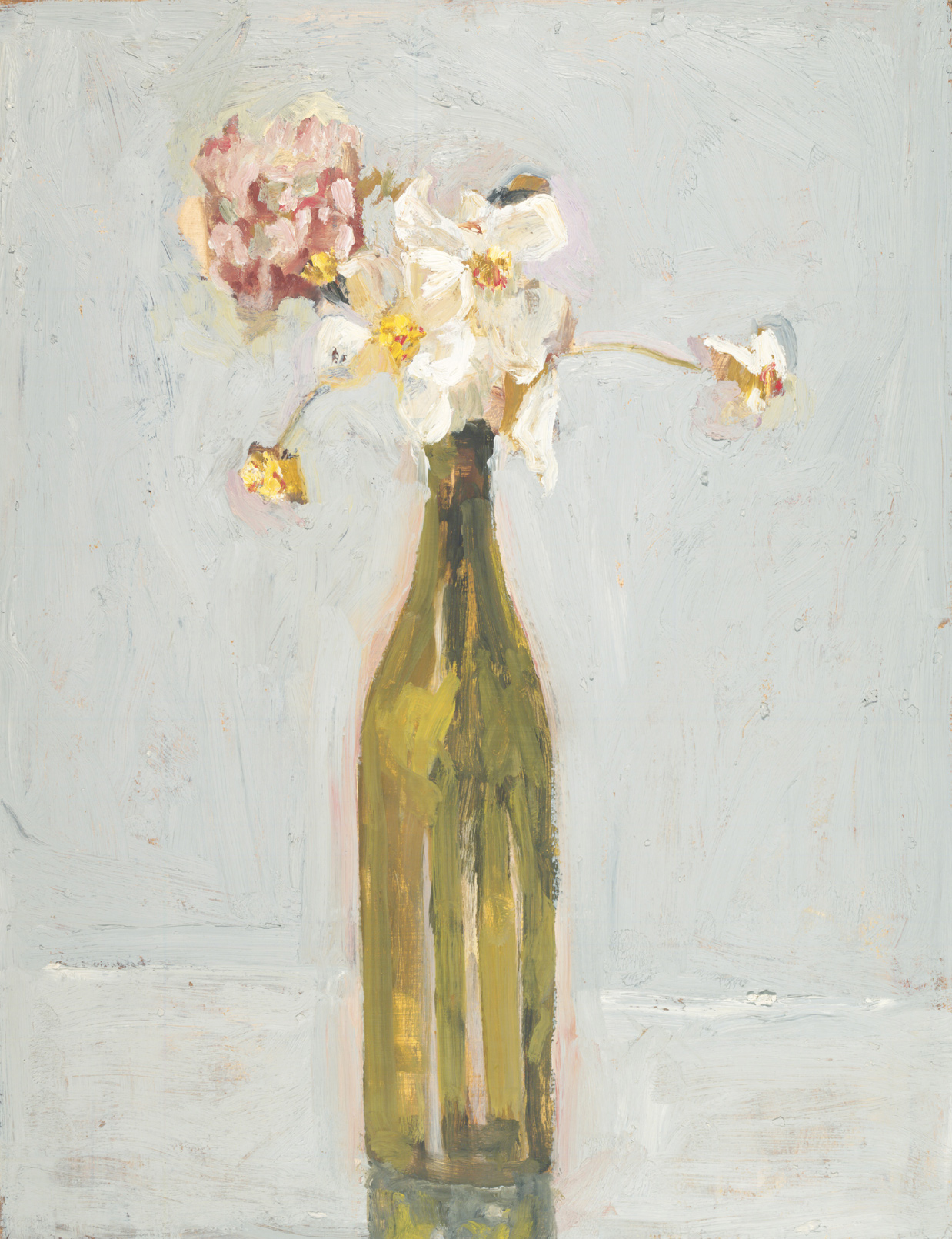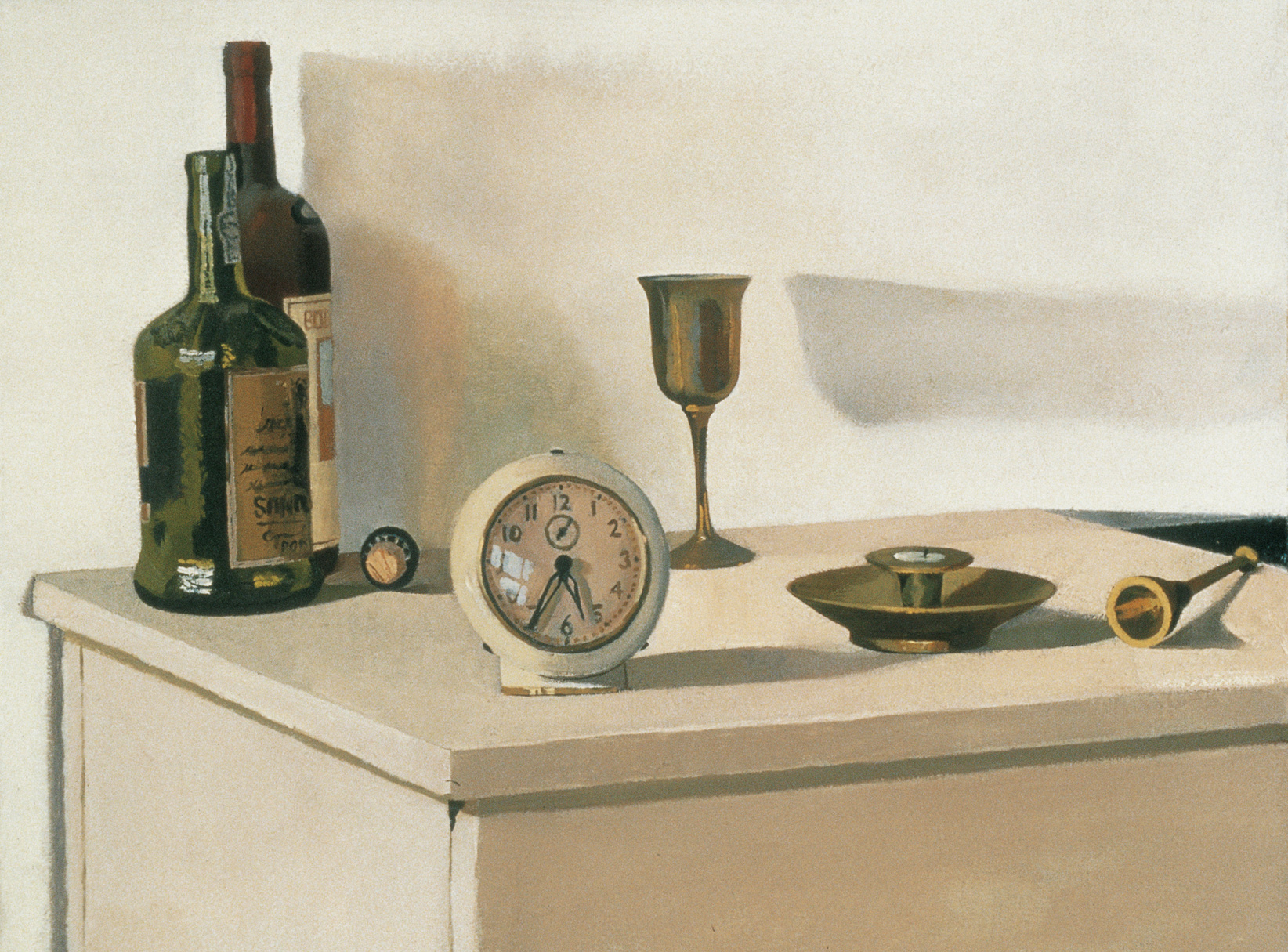Still Life with Fruit, 2004, oil on canvas,
20 16 inches (40.64 50.8 cm), private collection
STILL LIFE
PAINTING
atelier
AN INTRODUCTION TO OIL PAINTING
MICHAEL FRIEL
WATSON-GUPTILL PUBLICATIONS
NEW YORK
Copyright 2010 by Michael Friel
All rights reserved.
Published in the United States by Watson-Guptill Publications, an imprint of the Crown Publishing Group, a division of Random House, Inc., New York.
www.crownpublishing.com
www.watsonguptill.com
WATSON-GUPTILL is a registered trademark and the WG and Horse designs are trademarks of Random House, Inc.
Library of Congress Cataloging-in-Publication Data
Friel, Michael.
Still life painting atelier : an introduction to oil painting / by Michael Friel. -- 1st ed.
p. cm.
Includes bibliographical references.
ISBN 978-0-8230-3408-6 (alk. paper)
1. Still life painting--Technique. I. Title. II. Title: an introduction to oil painting.
ND1390.F75 2010
758.4--dc22
2009045469
Designed by Karla Baker
Hardcover ISBN: 978-0-8230-3408-6
eBook ISBN: 978-0-307-82878-1
COVER DESIGN: Karla Baker
COVER ART: Still Life with Flowers and Fruit , 1998, oil on canvas, 36 27 inches (91.4 68.6 cm), private collection.
v3.1
Musical Instruments, 1999, oil on canvas,
20 30 inches (50.8 76.3 cm), private collection
TO MY WIFE, MEGANN DEVINE, AND MY PARENTS, CONSTANCE AND ROBERT FRIEL
I would like to express my gratitude to my wife, Megann Devine, for contributing her editing skills, as well as for her support and patience during the writing of this book. I would also like to thank my editor, Alison Hagge, for the many improvements she made to the book while preparing it for publication; Candace Raney, for her belief in this book; Cary Cartmill and Ron Dalton, for their professional photography services; and the directors of Gage Academy, Pamela Belyea and Gary Faigin, for providing me the opportunity to develop and teach the instructional material presented in this book.
PART I
YOUR STUDIO
PART II
YOUR MATERIALS
PART III
SETTING UP YOUR STILL LIFE
PART IV
STILL LIFE DEMONSTRATION PAINTINGS
Bouquet, 1987, oil on paper,
30 23 inches (76.2 58.4 cm), collection of Constance and Robert Friel
INTRODUCTION
STILL LIFE IS A FORGIVING GENRE. It does not demand the personal likeness of a portrait. Nor does it require the accurate proportions of the human figure. And, unlike a landscape, it does not change with the weather. Instead, the still life is a genre that provides the artist with time to study and the opportunity to look closer. The still life can become what the artist wants it to be. It can be a simple grouping of white bottles or a complex arrangement of glass, metal, and wooden objects. It can be a purely formal subject, set up for the purpose of studying drawing and painting techniques. Or it can be a platform for emotional expression, incorporating personal symbolism and imagery.
When I was a painting student, a professor of mine once remarked that most painters go through a still life period. His words must have left an impression on me: My still life period has been going on for nearly two decades now. During that time, I have continuously painted the still life and taught painting using the still life. What I have learned along the way has developed into a series of foundation oil painting classes. Students in my classes work from the still life, but my goal is to teach them oil painting. For more than a decade, I have had the pleasure of developing and sharing the ideas presented in this book with many students. In all that time, the still life and the techniques of oil painting have never failed to fascinate me.
This book begins by providing you with information that will help you get started painting. The first three sections of the book share ideas to help you set up an oil painting studio and cover, among other topics, lighting, equipment, and studio safety. Information is also provided on your painting materials, including paints, palettes, brushes, solvents, mediums, and supports. There are also step-by-step instructions on preparing your canvas and paper for oil painting, and a section on setting up and lighting your still life.
We then move on to still life painting lessons, five in total, each with clear and concise step-by-step instructions and illustrations. As in my classes, while the still life is the subject, the lessons introduce the basic the techniques of oil painting.
We begin by exploring still life composition through thumbnail sketches, and use preliminary drawings to gain accurate proportions. We also study the characteristics of light and shadow by using an underpainting, and learn the basics of color theory and color mixing with both limited and full palettes. We learn how to use a variety of brushes in order to create sharp and soft edges, and we cover techniques that are helpful when painting metal and glass. Finally, we apply glazing and scumbling techniques to bring luminosity and texture to the still life painting.
These still life lessons cover a wide range of painting techniques, but each painting demonstration is presented in a logical sequence and builds on the skills acquired during the previous lesson. I encourage you to continue to practice, and to customize the different techniques explained in this book to fit your own interests. When you are finished with this book, I hope that you will have gained a comprehensive knowledge of oil painting and improved your painting skills along the way. And of course, I hope that your still life period is a rewarding one.
Still Life: Daylight, 1995, oil on canvas,
18 23 inches (45.7 58.4 cm), collection of Pamela Belyea and Gary Faigin


